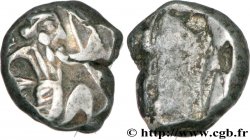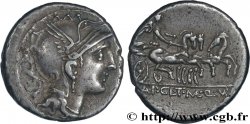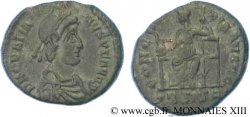v59_0125 - PERSIA - ACHAEMENID KINGDOM - ARTAXERXES II MNEMON Quart de sicle d'argent
MONNAIES 59 (2013)
Starting price : 250.00 €
Estimate : 350.00 €
Realised price : 250.00 €
Number of bids : 1
Maximum bid : 330.00 €
Starting price : 250.00 €
Estimate : 350.00 €
Realised price : 250.00 €
Number of bids : 1
Maximum bid : 330.00 €
Type : Quart de sicle d'argent
Date: c. 400-350 AC.
Mint name / Town : Sardes, Lydie
Metal : silver
Diameter : 8,5 mm
Weight : 1,29 g.
Rarity : R2
Coments on the condition:
Exemplaire frappé sur un petit flan globulaire. Joli droit, bien centré, pratiquement complet. Revers énigmatique. Recouvert d’une épaisse patine gris foncé avec des reflets dorés
Catalogue references :
Predigree :
Cet exemplaire provient de la collection du docteur Thierry de Craeker
Obverse
Obverse legend : ANÉPIGRAPHE.
Obverse description : Le Grand Roi barbu, en archer mélophore, à demi-agenouillé à droite, coiffé de la cidaris, surmontée de cinq dents, vêtu de la candys tirant à l’arc ; le carquois rempli de flèches suspendu à son épaule est bien visible ; ligne de sol.
Reverse
Reverse description : Carré creux allongé, présentant des aspérités irrégulières en forme de chien courant.
Commentary
Ce type bien particulier donné comme un quart de sicle (poids théorique 1,32 g) était attribué par Babelon à Artaxerxès II Mnémon (405-359 avant J.-C.) tandis que David Sear et les auteurs du British Museum l’attribuent à Darius Ier (510-486 avant J.-C.) penchent pour un tiers de sicle (poids théorique 1,76 g). L’exemplaire reproduit dans le catalogue d’Ernest Babelon pèse 1,78 g. Dans son traité, le même Ernest Babelon (p. 61-62, n° 28) attribue une diobole (1,20 g) trouée, conservée à Paris à Artaxerxès III Ochus (359-338 avant J.-C.). Ce type de monnaie divisionnaire est en fait très rare.
This very particular type given as a quarter of a shekel (theoretical weight 1.32 g) was attributed by Babelon to Artaxerxes II Mnemon (405-359 BC) while David Sear and the authors of the British Museum attribute it to Darius I (510-486 BC) lean towards a third of a shekel (theoretical weight 1.76 g). The copy reproduced in the catalog of Ernest Babelon weighs 1.78 g. In his treatise, the same Ernest Babelon (p. 61-62, n° 28) attributes a diobolus (1.20 g) with a hole, preserved in Paris to Artaxerxes III Ochus (359-338 BC). This type of fractional coin is in fact very rare
This very particular type given as a quarter of a shekel (theoretical weight 1.32 g) was attributed by Babelon to Artaxerxes II Mnemon (405-359 BC) while David Sear and the authors of the British Museum attribute it to Darius I (510-486 BC) lean towards a third of a shekel (theoretical weight 1.76 g). The copy reproduced in the catalog of Ernest Babelon weighs 1.78 g. In his treatise, the same Ernest Babelon (p. 61-62, n° 28) attributes a diobolus (1.20 g) with a hole, preserved in Paris to Artaxerxes III Ochus (359-338 BC). This type of fractional coin is in fact very rare







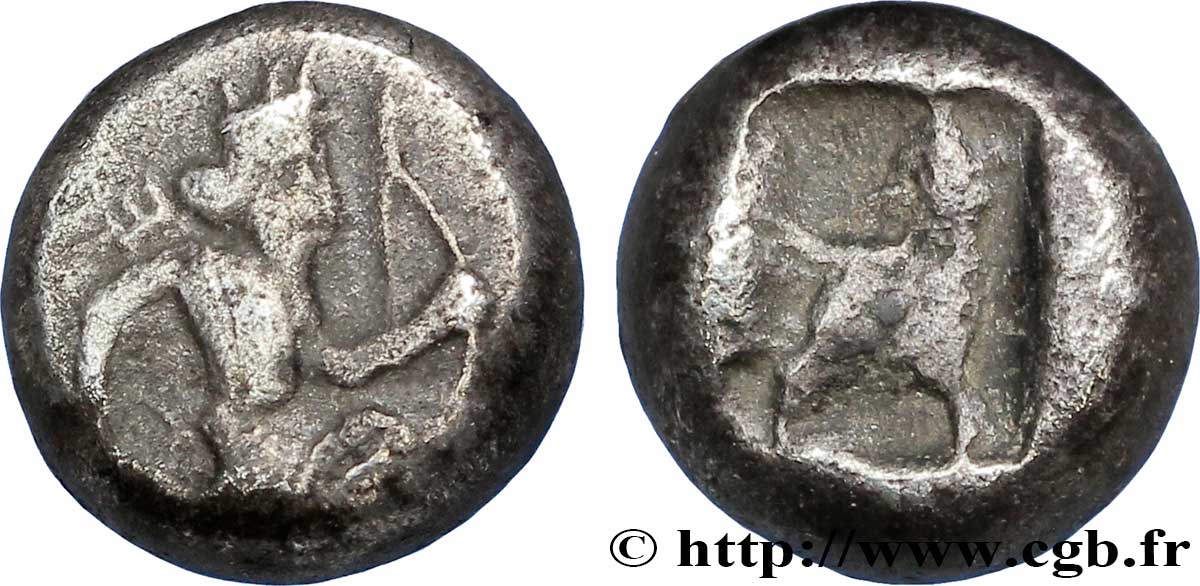
 Report a mistake
Report a mistake Print the page
Print the page Share my selection
Share my selection Ask a question
Ask a question Consign / sell
Consign / sell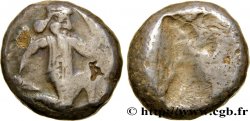
 Full data
Full data